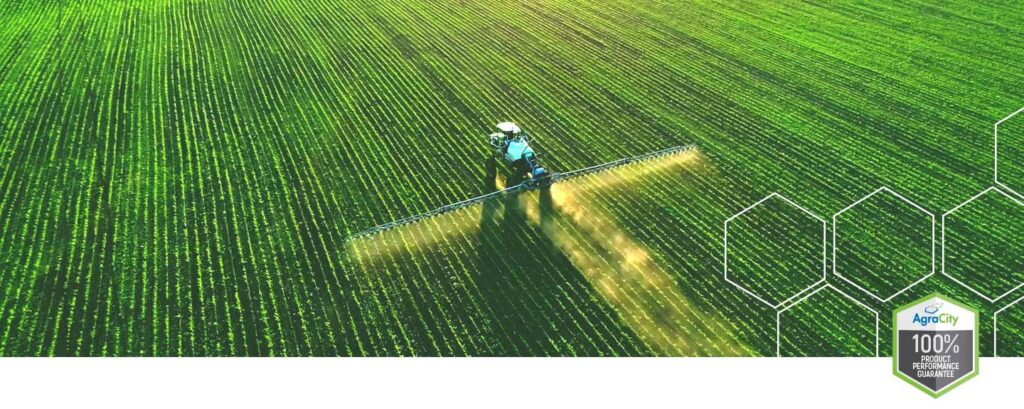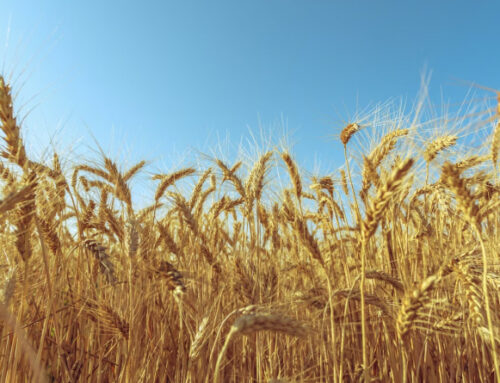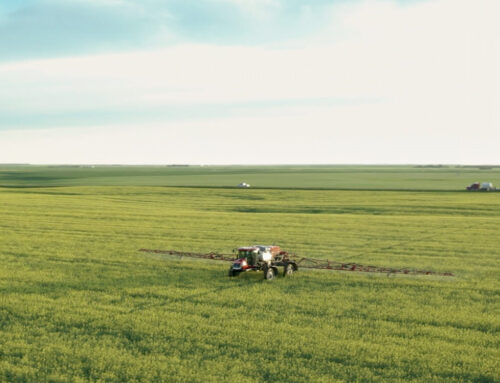Understanding Herbicide Resistance: How Did It Develop and How Can Growers Manage This Issue?

What is herbicide resistance?
When we talk about herbicide resistance, we are usually referring to a situation where a weed or weeds that were once controlled by a herbicide now survives a herbicide application at normal rates and completes their life cycle. This is different than tolerance, which is the ability of a plant to survive a herbicide treatment at a normal use rate. There are many weeds that are naturally tolerant, however it is only in the past 50+ years that we have seen weeds development resistance to herbicides that in the past would have controlled these same weeds.
When did herbicide resistance first develop?
Contrary to what is widely assumed, herbicide resistance has been with us for a long time. With the use of herbicides becoming common in the 1940’s and 1950’s, the first case of herbicide resistance was documented in 1957 on wild carrot, which developed resistance to group 4 phenoxy herbicides (2,4-D, MCPA). However, it was not considered a major problem due to cultural practices such as summerfallow and crop rotations, which was assumed would limit the spread of herbicide resistance.
The 1970’S and 1980’S: new herbicide modes of action.
The 1970’s and 1980’s saw a dramatic increase in the number of new modes of action and active ingredients introduced in the marketplace, and any concerns about herbicide resistance were put aside, with the assumption that “it could not happen here”.
As a result of these new modes of action, the 1980’s and early 1990’s saw the widespread use of new ACCase inhibitors (Group 1) and ALS inhibitors (Group 2), along with a decline in the use of pre-emergent herbicides (Group 3,8). The unfortunate result of the heavy use of these new modes of action was group 3 resistant green foxtail, group 1 resistant wild oats, and group 2 resistant Kochia and Russian thistle, which brought herbicide resistance concerns back to the forefront of discussion in agricultural research and the agricultural community. Key learnings from this time was that herbicide resistance can arise quickly after an introduction of a highly active, single site mode of action herbicide (group 1 & 2 herbicides), and that persistent herbicide residue was not required to induce herbicide resistance (group 1 herbicides).
We also learned that weed characteristics can contribute to the problem of herbicide resistance;
- Some weed species have very high diversity (kochia) which increases the risk of resistant genes
- Higher weed density and seed set = increased risk of resistant individual plants
- Some weeds species have naturally higher susceptibility to particular herbicides.
It was also understood that on-farm management practices such as repeatedly using the same mode of action, practicing crop rotations that rely on the same mode of action, and using single mode of action products played a critical role in increasing herbicide resistance. Farmers were provided with practical advice on how to reduce the incidence of herbicide resistance, and the industry responded with resistance management labeling, group Identification symbols and resistance management guidelines.
The 1990’s: herbicide tolerant crops.
With the introduction of herbicide tolerant crops in the mid 1990’s, the new assumption was that glyphosate, being a non-selective herbicide, would not be subject to the same herbicide resistance issues as selective herbicides such as group 1 and 2’s. At the same time, reduced tillage systems required the use of glyphosate for pre-seed weed control, resulting in a huge increase in the amount of glyphosate used around the world. These factors, along with the reduced price of glyphosate, combined to reduce the number of modes of action used as farmers switched to glyphosate tolerant crops, while at the same time increasing the number of applications per year. As a result, herbicide resistance to glyphosate is now increasing rapidly in area with historically high use of glyphosate, including Canada, where kochia resistant to glyphosate, as well as group 2 herbicides, is spreading rapidly. At the same time, other weeds have developed resistant to group 1, 2, 3, and other herbicide groups, including wild oats, green foxtail, and a host of other weeds, resulting in massive increases in resistance in Canada.
What about herbicide resistance in western Canada?
In the past 20 years, western Canada has experienced a massive increase in the number of herbicide resistant weeds, as follows:
Alberta: 17 species, 22 biotypes. Most common resistant weed = wild oats. Other weeds include green foxtail, kochia, cleavers, Russian thistle, wild mustard
Saskatchewan: 12 species, 18 biotypes. Most common resistant weeds = wild oats, green foxtail. Other weeds include kochia, cleavers, Russian thistle, wild mustard
Manitoba: 11 species, 21 biotypes. Most common resistant weeds = wild oats, green foxtail. Other weeds include, kochia, cleavers, redroot pigweed, wild mustard.
Currently wild oats is one of the most common herbicide resistant weeds in western Canada.
Source: Hugh Beckie, Agriculture and AgriFood Canada, 2016
What should farmers do regarding herbicide resistance?
- Do not wait for a new herbicide mode of action.
- The easy products have already been found
- New herbicide discovery is very expensive, comes with regulatory hurdles
- Current herbicides should be considered a non-renewable resource and managed accordingly.
- Diversify weed management practices.
- Evaluate herbicide use based on risk of resistance – some modes of action are more prone to develop resistance than others.
- Rotate herbicides groups (not brands) to delay herbicide resistance selection.
- Use herbicide mixes that contain multiple modes of action, with multiple modes of action on the same weed species.
- Always add tank mix products to pre-seed glyphosate.
- Practice herbicide layering: using different mode of action herbicides at different times of the growing season i.e. Pre-seed vs. in-crop
- Consider herbicide resistance management over the long term instead of just one year:
- In wheat, use group 2 grass herbicide products + multi-mode broadleaf products, save group 1 grass control products for barley and other crops if possible.
- In barley, use group 1 grass herbicide products + multi-mode broadleaf products.
- In canola use group 9 or 10 herbicides. Consider rotating between these herbicide tolerant systems in subsequent years.
- In pulse or special crops, use group 2, 3, 14, and 15 or other groups whenever possible.
- Diversify cultural management practices.
- Rotate crops not just herbicides.
- Consider perennial crops to give herbicides a break.
- Practice tillage or mechanical control where herbicide resistance is a high risk (saline spots, kochia patches).
- Do not allow herbicide resistant weeds to spread through ditches, roadsides or pastures.
- Seek out sources of information and advice.
- Provincial government crop production guides can be a good source of advice.
- AgraCity has trained business reps and agronomists that can help plan a solid herbicide rotation plan to reduce the risk of herbicide resistance.
AgraCity has a complete portfolio of products that control wild oats in wheat (including group 1 resistant), barley, canola, flax, pulse, and special crops.
- Himalaya®: Group 2 herbicide for use in wheat.
- Aurora®: Group 1 herbicide for use in wheat.
- HellCat®: Group 1 herbicide for use in wheat and barley.
- Independence®: Group 1 herbicide for use in canola, flax, pulse and special crops.
- Quiz®: Group 1 herbicide for use in canola, flax, pulse and special crops.
Data from this presentation accessed from weedscience.org. Charts and Graphs in this PowerPoint were made from data accessed from the survey website at http://www.weedscience.org on March 31, 2019. The Site of Action codes used in this slide set are from the Weed Science Society of America (WSSA).
AgraCity has large options for every acre on your farm this year. AgraCity has the best prices on a complete line of pulse products, including fungicides, herbicides, inoculants, micronutrients, foliars and desiccants. Talk to your local AgraCity business representative, go to www.AgraCity.com/ or call 1-844-269-3276 to discuss how AgraCity can help manage your pulse crop input costs.Source: weedscience.org












